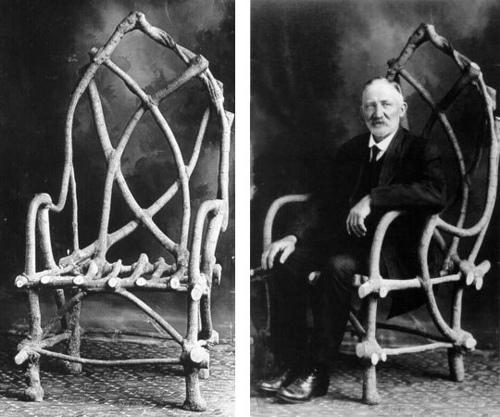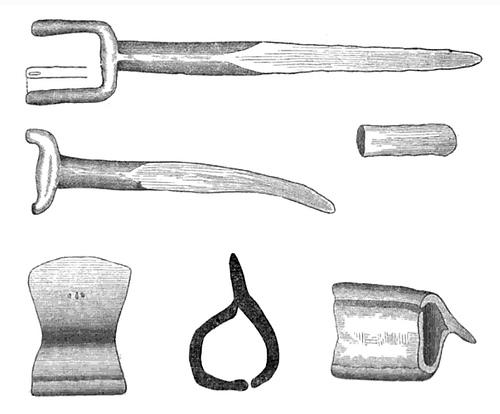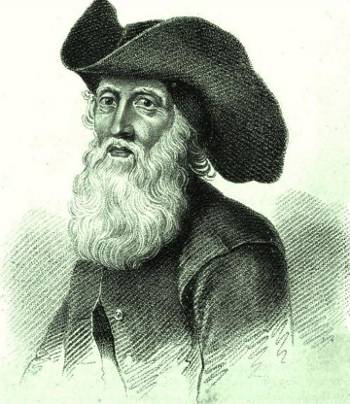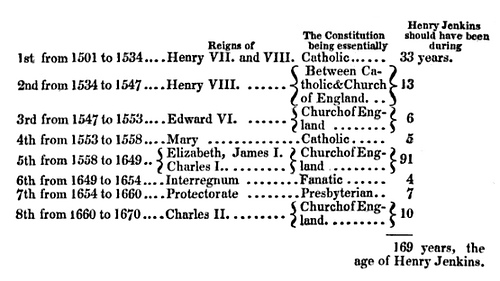Out in Cheatham county about noon on Wednesday — a remarkably hot day — on the farm of Ed. Sharp, five miles from Ashland, a sort of whirlwind came along over the neighbouring woods, taking up small branches and leaves of trees and burning them in a sort of flaming cylinder that travelled at the rate of about five miles an hour, developing size as it travelled. It passed directly over the spot where a team of horses were feeding and singed their manes and tails up to the roots; it then swept towards the house, taking a stack of hay in its course. It seemed to increase in heat as it went, and by the time it reached the house it immediately fired the shingles from end to end of the building, so that in ten minutes the whole dwelling was wrapped in flames. The tall column of travelling caloric then continued its course over a wheat field that had been recently cradled, setting fire to all the stacks that happened to be in its course. Passing from the field, its path lay over a stretch of woods which reached the river. The green leaves on the trees were crisped to a cinder for a breadth of 20 yards, in a straight line to the Cumberland. When the ‘pillar of fire’ reached the water, it suddenly changed its route down the river, raising a column of steam which went up to the clouds for about half-a-mile, when it finally died out. Not less than 200 people witnessed this strangest of strange phenomena, and all of them tell substantially the same story about it. The farmer, Sharp, was left houseless by the devouring element, and his two horses were so affected that no good is expected to be got out of them in future. Several withered trees in the woods through which it passed were set on fire, and continue burning still.
– Nashville, Tenn., Press, quoted in Symons’s Monthly Meteorological Magazine, September 1869




